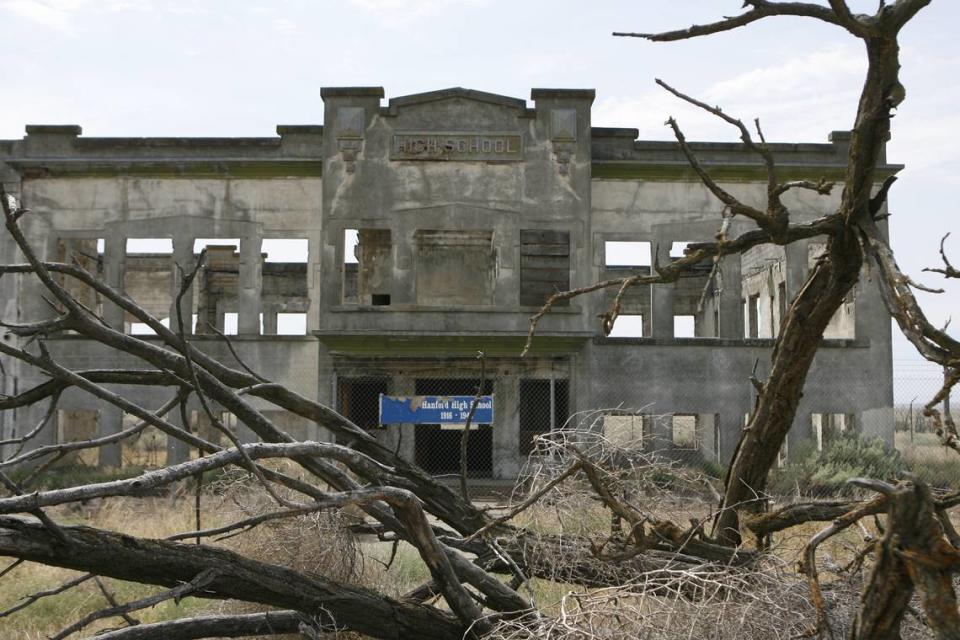Hanford historic B Reactor tours reopening for a short time. How, when to get a seat
The public will get a chance to tour B Reactor, the main attraction of the Manhattan Project National Historical Park’s Hanford site, before it is shut down for repairs later this year.
The Department of Energy announced last year that 2023 would be the last opportunity to tour the reactor for at least two years as planned work is carried out, including replacing the roof.
That August announcement, combined with the popularity of the movie “Oppenheimer,” led to all seats for the remainder of the 2023 tour season being booked within two days as people rushed to reserve the remaining seats through mid November, said Colleen French, DOE program manager.
The visitor center in Richland was swamped with phone calls asking about walk-on spots if there were no-shows for the tours or asking to be placed on standby lists.
It was the first time since the national park opened and began a regular tour schedule in 2016 that people who wanted to see B Reactor could not get a seat on a tour, French said.
The number of people stopping by the visitor center had been 1,974 in the last year before the COVID pandemic. That jumped to 3,900 in 2023, including almost 700 visits in July, the month that “Oppenheimer” was released.
The movie, which led Oscar nominations for 2024, tells the story of the father of the atomic bomb, including his test of an atomic bomb in the New Mexico desert fueled by plutonium from Hanford’s B Reactor.
Plans to close B Reactor to tours through at least 2025 have not changed.
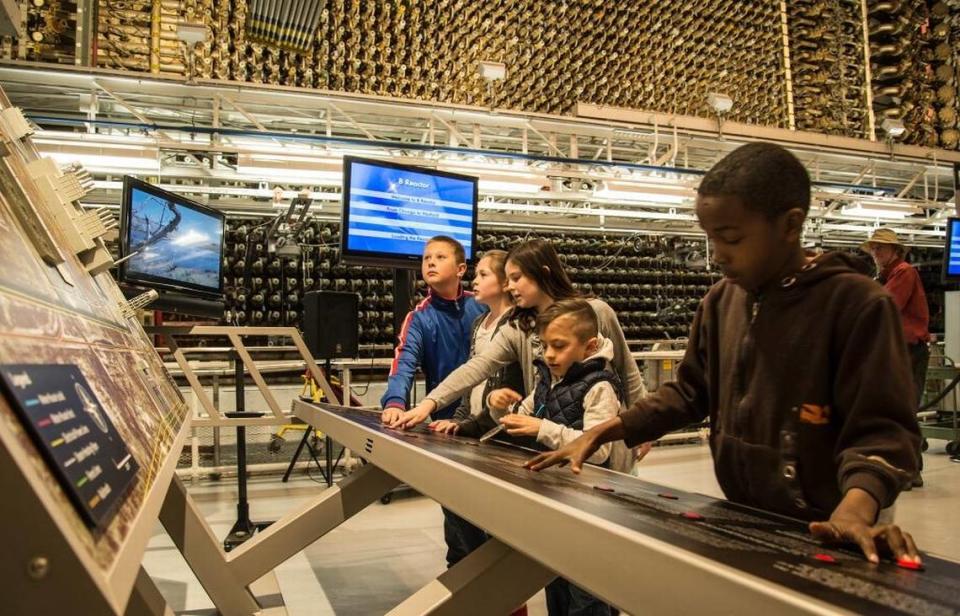
Tours will be offered only until construction begins this year, possibly in July.
Decisions then will be made on a month by month basis about whether another month of tours may be offered beyond June, depending on the status of construction, and registration will reopen for a month at a time.
The initial registration opens March 4 for tours from the weekend of March 29 through the end of June.
To register starting Monday, go to manhattanprojectbreactor.hanford.gov. Those without internet access may contact the tour center at 2000 Logston Blvd., Richland, by calling 509-376-1647.
Buses for the tours leave the Richland visitor center for a drive to the reactor near the Columbia River and then about two hours are spent within the reactor. Tours take about four hours total.
Tours typically are offered mornings and afternoons Mondays through Saturdays, with Sunday tours added on holiday weekends. Some Mondays and Tuesdays while school is in session are reserved for student tours.
Tours are open to all ages and nationalities.
They are free, and donations are not accepted.
The law that created the park in 2015 gave DOE the authority to accept donations, including money, in kind goods or labor, but that authority has not yet been passed down from the energy secretary to DOE’s national park locations, including Hanford.
Historic B Reactor
B Reactor was built in less than a year as the Allies raced to develop an atomic bomb before Nazi Germany.
The reactor produced the plutonium used to fuel the first detonation of a nuclear weapon, the Trinity Test in New Mexico, as moviegoers are seeing re-enacted in “Oppenheimer.”
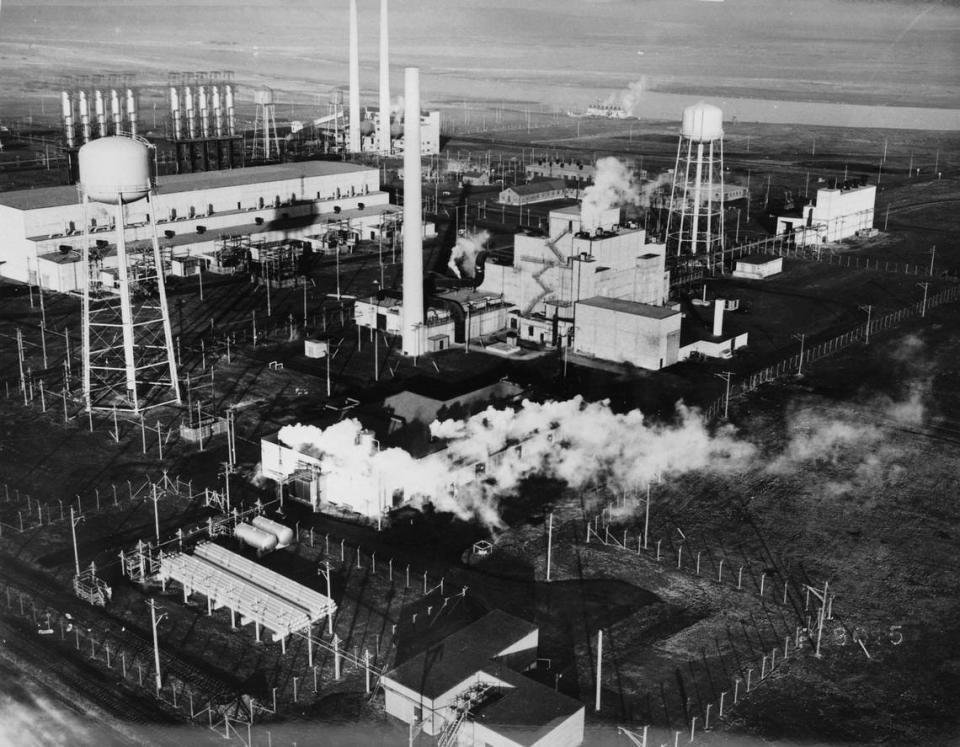
B Reactor also produced plutonium for the atomic bomb dropped on Nagasaki, Japan, Aug. 9, 1945, just weeks after the Trinity Test. Japan surrendered Aug. 15, 1945, ending World War II.
There was nothing like B Reactor before it was built and nothing has been the same since, DOE officials have said.
It launched the Atomic Age, including the atomic weapons build-up of the Cold War. It also signaled a new way to make clean energy and created the field of nuclear medicine and the nuclear technology industry.
Visitors to B Reactor now can walk through the reactor that looks much as it did during WWII.
They can gaze up at the towering face of the reactor where fuel was loaded for the first time in 1944, and they can sit at the controls that started up the reactor for the first time in 1945. Those gathered in the control room were unsure if a reactor would produce plutonium or would create a runaway chain reaction that would blow the plant up.
B Reactor planned work
Supporters of B Reactor worked for more than a decade to get Congressional appropriations to allow DOE to assess the condition of B Reactor and make repairs.
DOE co-manages the national park with the National Park Service and continues to own the reactor and provides public access.
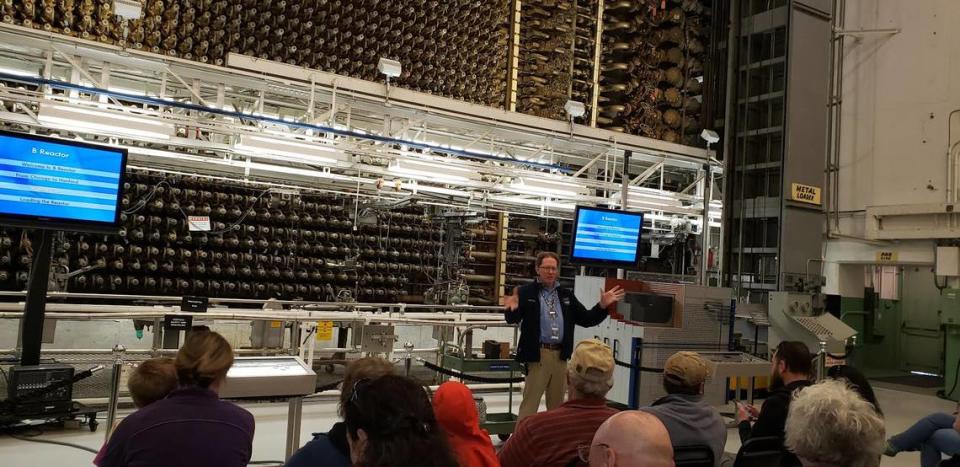
Planned projects for this year and 2025 include:
▪ The roof will be replaced after leaks were detected, including at the front face of the reactor and the control room. The leaky roof is the issue that started concerns about the reactor building’s condition.
▪ Mortar will be replaced between the reactor’s exterior concrete masonry blocks.
In some places as the building was expanded or was repaired, grout rather than mortar was used. That grout will be drilled out and replaced with mortar that will seal out water and help with building stability.
▪ The WWII era electrical system for operating the reactor will be replaced with a smaller, more energy efficient and easier-to-maintain system appropriate for maintaining the facility and providing public access long term.
▪ A semi-permanent restroom will be added outside the reactor.
While the reactor is closed to tours for repairs, an online, virtual tour of B Reactor is planned that will include updates on progress on work at B Reactor.
Pre-war historic Hanford tours
The Manhattan Project National Historical Park also offers seasonal tours telling the history of life before early residents settlers were forced to leave their farms, homes and businesses to make way for the top-secret production of plutonium.
The tour includes a look at the few buildings remaining from the farms and orchards along the Columbia River and the small towns of Hanford and White Bluffs.
Buildings include the stone Bruggemann Warehouse, the remains of the 1916 Hanford High School, the tiny First Bank of White Bluffs and the 1908 Hanford Irrigation District Pump House.
As B Reactor tours close for construction work, the pre-war Hanford tours are expected to add a stop outside B Reactor.
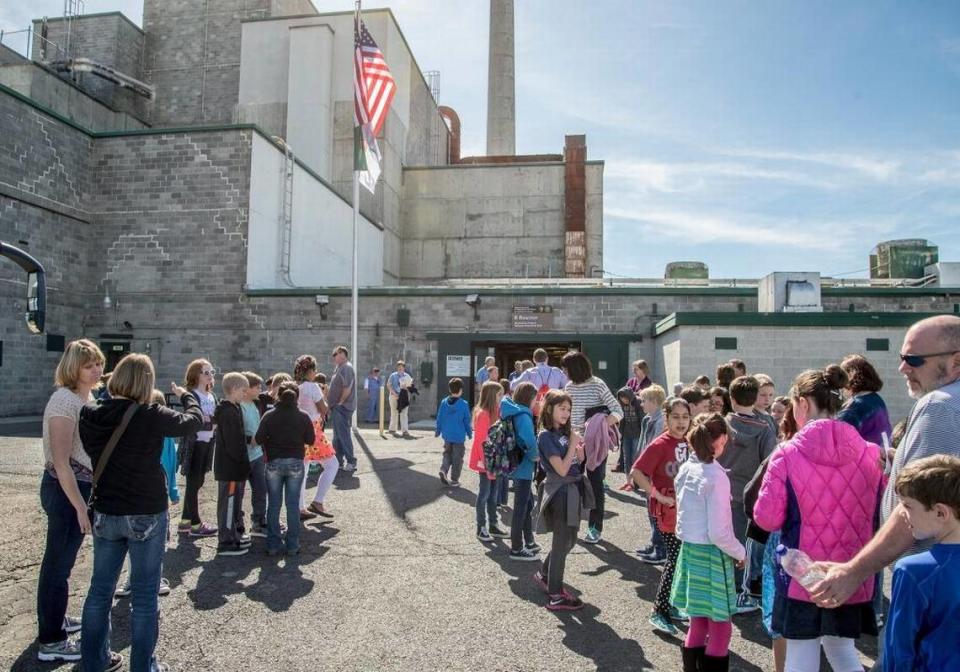
The pre-Manhattan Project tours, which take about four hours, include bus transportation and a short walking tour at each site.
Registration for those tours also starts March 4 for tours scheduled from May 3 through October. Tours are held on Fridays and Saturdays and on summer holidays.
To register go to tours.hanford.gov/HistoricTours or call the visitor center at 509-376-1647.
